Description
Motorola MVME-5100: Keep Legacy Industrial Systems Running Smoothly
If you’re maintaining aging but critical infrastructure—like that paper mill control system that’s been humming along since the early 2000s—you’ve probably wrestled with obsolete VMEbus modules. The MVME-5100 isn’t flashy new tech, but honestly? It’s the kind of workhorse that keeps production lines alive when replacements aren’t feasible. From my experience troubleshooting pulp plant controllers, this PowerPC-based module tends to outlive expectations when properly maintained.
Why This Still Matters in 2024
- Legacy system lifeline – Keeps VMEbus-based machinery running when OEM support has vanished. One plant manager told me it bought them 8 extra years of operation before their phased migration.
- Surprisingly robust – The PowerPC 604e processor handles deterministic control tasks reliably, even in high-vibration environments like steel mills. You might notice fewer thermal throttling issues than newer fanless designs.
- Real-world compatibility – Fits standard 6U VME chassis with A16/A24/D16 addressing. Typically interfaces cleanly with legacy I/O modules—no proprietary adapters needed.
- Calibration-friendly – Field-service engineers appreciate the accessible jumpers for clock speed adjustments. In many cases, this avoids full system reboots during tuning.
Technical Reality Check
| Spec | Details |
|---|---|
| Brand/Model | Motorola MVME-5100 (VMEbus SBC) |
| HS Code | 8471.41.0000 (Printed circuit assemblies) |
| Power | +5V @ 3.5A typical (±5% tolerance) |
| Dimensions | 233.35mm x 160mm (6U format) |
| Temp Range | 0°C to +55°C (commercial grade) |
| Interfaces | VMEbus 2.0, SCSI-2, 10/100 Ethernet, 2x RS-232 |
Where You’ll Actually Use This
Think cement kiln controllers from the late 90s, legacy semiconductor fab tools, or military radar systems still in service. One wastewater treatment plant I worked with used these for sludge processing controls—simple but mission-critical. It’s not for greenfield projects; it’s for when “if it ain’t broke” is your actual maintenance strategy. Typically pops up in industries where system replacement costs dwarf module expenses.
Procurement Perspective: Why It Makes Sense
Let’s be real—you’re buying this because downtime costs more than the module. The real value? Certified refurbished units with 365-day warranties mean you’re not gambling with eBay junk. One plant avoided $220k in lost production by swapping a failed unit in under 4 hours. Compatibility with existing VME backplanes also eliminates costly re-engineering. Payment’s straightforward: 50% upfront, balance before shipping via FedEx/UPS/DHL. In-stock units ship in a week; max 30 days for tested refurbishments.
Installation & Keeping It Alive
Pop it into any IEEE 1101.1-compliant 6U chassis—but check slot spacing first. Older Eurocard racks sometimes need shims. Ventilation’s critical: maintain at least 200 LFM airflow since passive cooling gets overwhelmed in >40°C environments. One thing I’ve seen cause headaches? Grounding loops from mixing this with newer Ethernet I/O—always use fiber converters for long runs.
For maintenance: blow out dust quarterly (compressed air only—no brushes!), verify voltage rails annually, and keep firmware backups. Calibration’s rare but needed if analog outputs drift >0.5%. Honestly, most failures come from aging electrolytic caps—replacing those extends life significantly.
Quality & Peace of Mind
Refurbished units undergo 72-hour burn-in testing with thermal cycling. Typically carry CE and UL marks (original Motorola certifications still valid), plus RoHS compliance for post-2006 rebuilds. The 365-day warranty covers component failures—but note it won’t fix chassis compatibility issues. From what I’ve observed, properly maintained modules often run 5+ years beyond warranty. Just don’t expect IoT connectivity; this is industrial pragmatism, not tech theater.

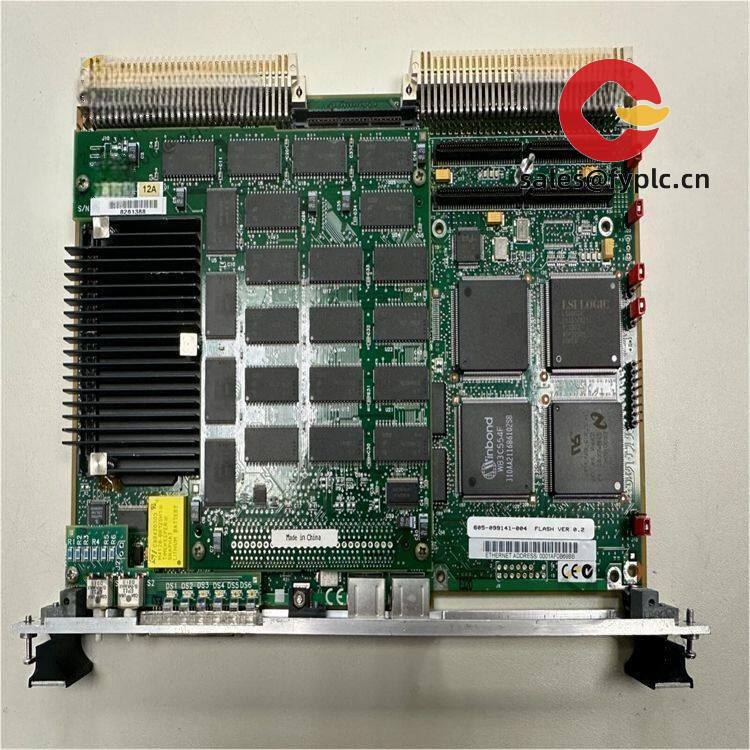



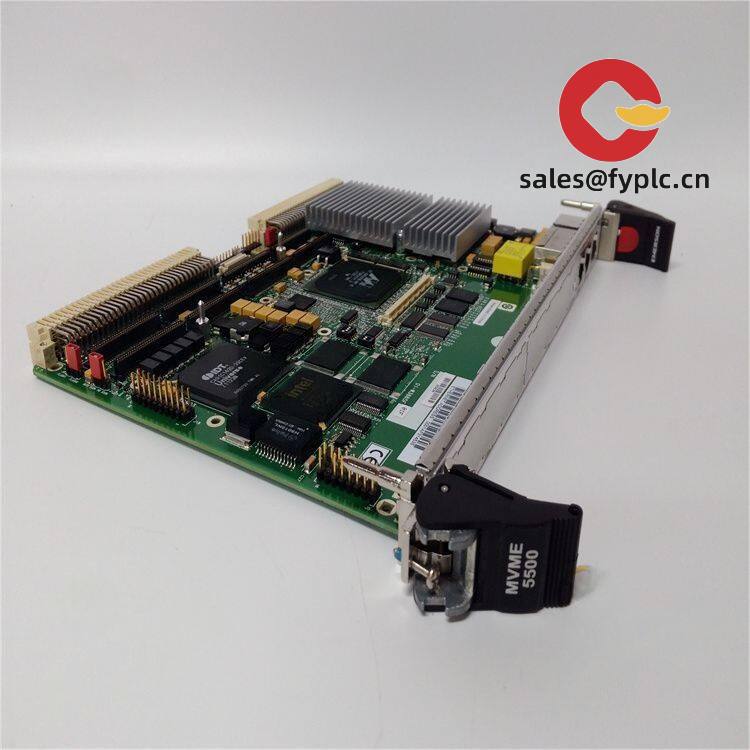
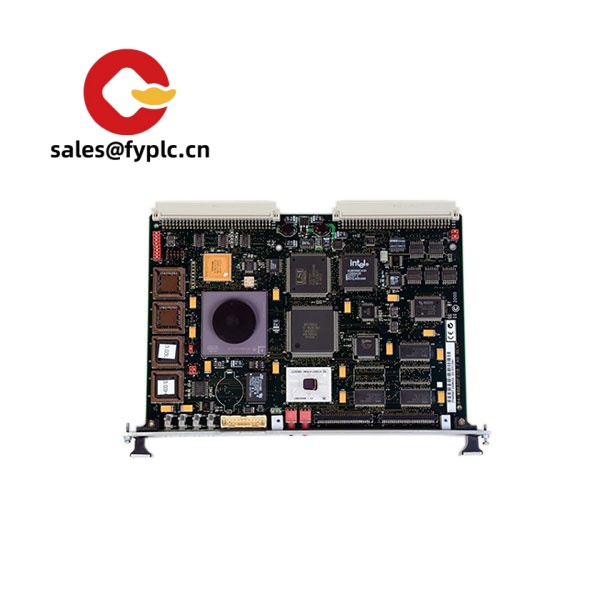
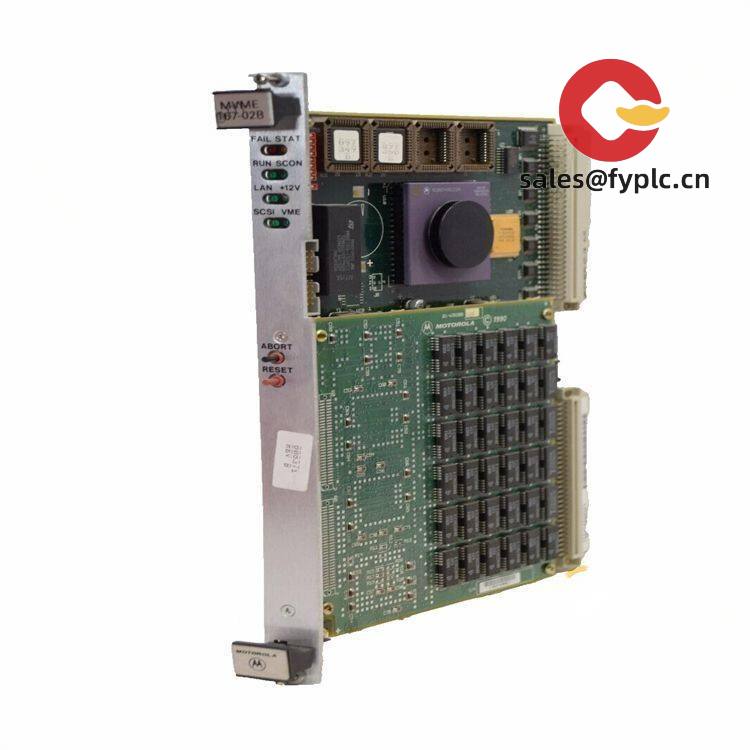
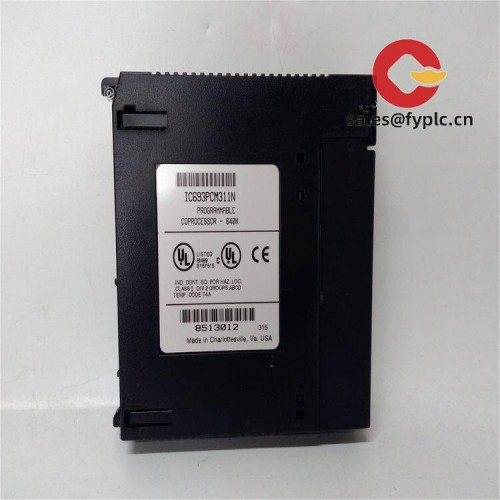
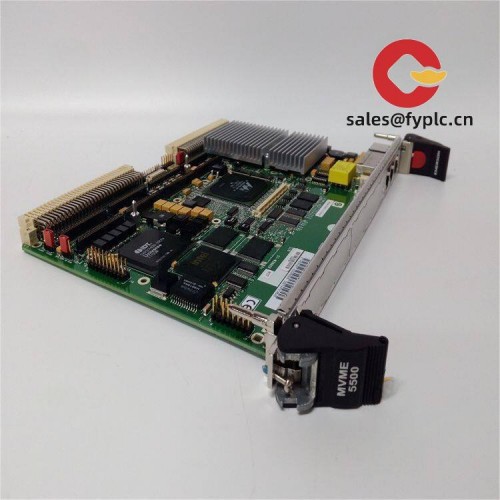
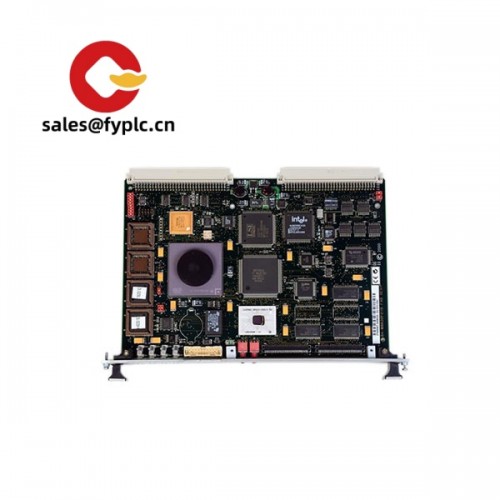
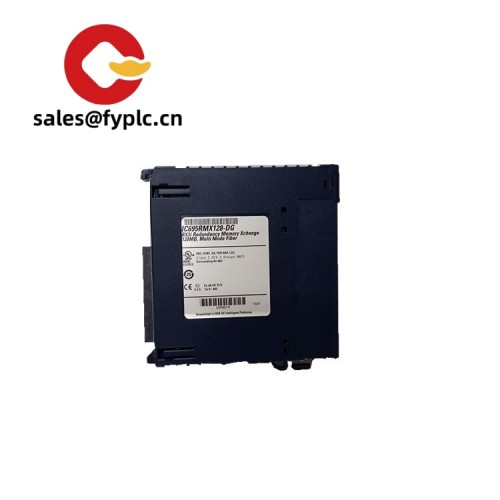



Reviews
There are no reviews yet.